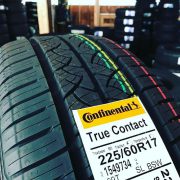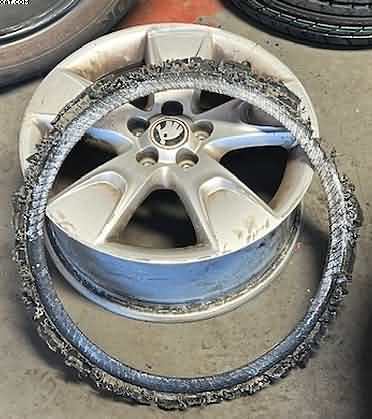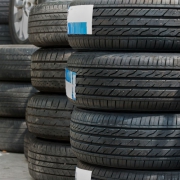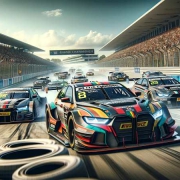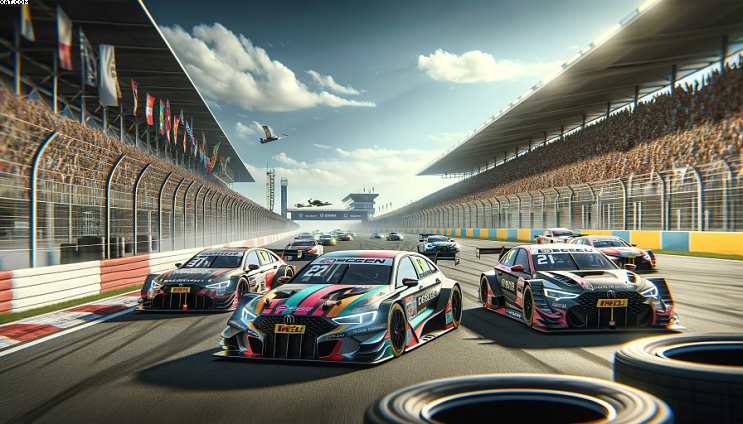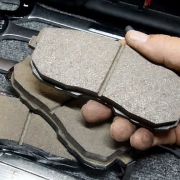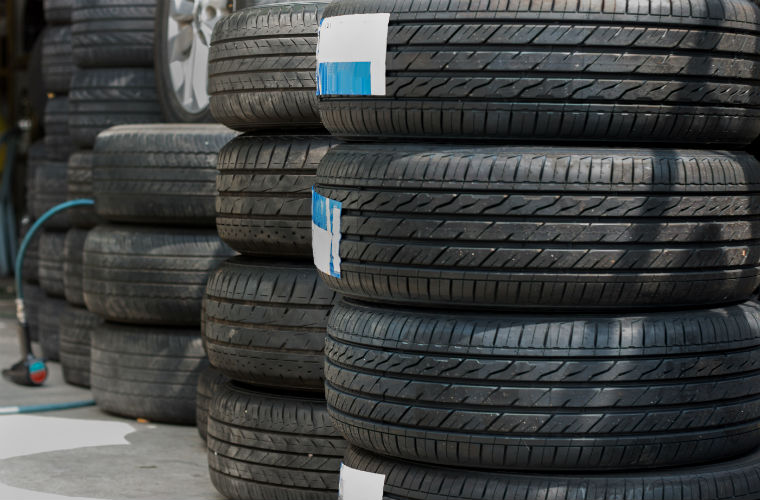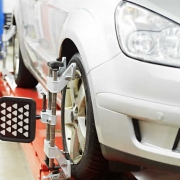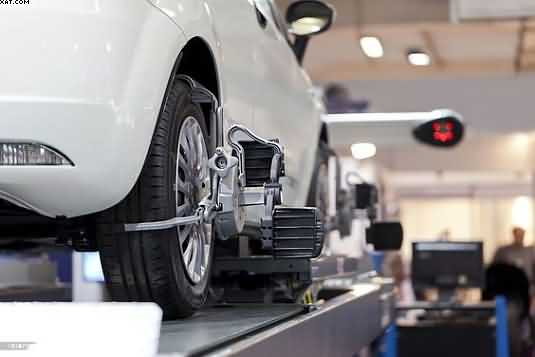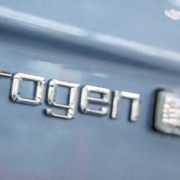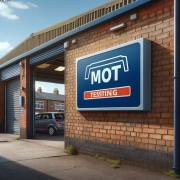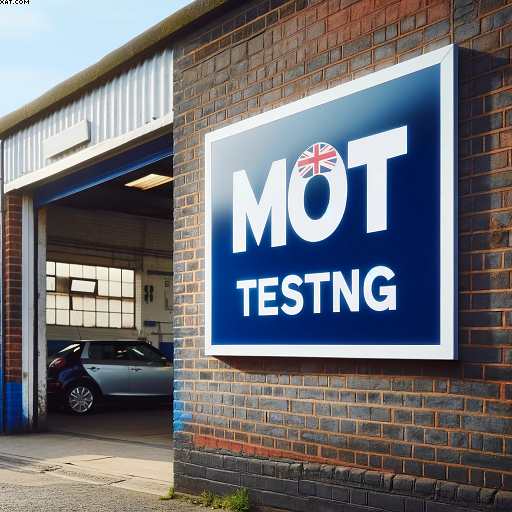Are Continental the Best Tyres
Table of Contents
Are Continental the Best Tyres
Are Continental the Best Tyres
Continental Tyres: A Brief History

I must admit that in my early days in the tyre industry, Continental was not a company that was much heard of. Working for a local tyre fitting station in the mid-sixties was the beginning of my lifelong tyre experience. It was a time for a mass expansion in the tyre industry as cars became easier to afford for the working class of Great Britain. Continentals involvement in the UK tyre market was through the back door. Hence, they acquired two smaller tyre manufacturers, Uniroyal and Semperit.
These two tyre companies had already a foothold in the UK distributor network. So, competing with the likes of Dunlop, Michelin, Firestone and Pirelli for their place in the UK pecking order. In my opinion Conti were involved in motor racing and built up their reputation on the race track.
Importantly, the German company has been producing tyres
for more than 145 years. Of course, the company has become a global powerhouse in the tyre sector, with outlets in more than 60 countries. A long-term investment, including their racing expertise and investment in R&D, has paid off. So, it is little surprise that the German tyre company has earned a solid reputation for quality and innovation.
Continental Tyres is well-known for its commitment to R&D, which ensures that the company’s products consistently represent the cutting edge of tyre Continental Tyres constantly introduces new tyre designs and safety features. Especially where safety is concerned, self-sealing punctures *ContiSeal™ is a technology developed by Continental designed to seal damaged tyre tread and run flat tyres at the forefront.
Effectiveness and dependability. Are Continental the Best Tyres
More importantly, Conti Tyres has earned their reputation as the industry standard. Of course, in large part due to their exceptional quality and dependability,. All weather conditions, including dry, wet, and snowy, are no match for the superior grip and handling provided by Conti Tyres.
Technology advancements in tyres—like the 3D sipes that improve traction in the rain and the asymmetric tread pattern that improves handling and stability—make this possible.
Continental tyres are well-known for their long life and high performance. Tyres can last longer than other brands since they are built to endure high loads. In the long run, this can help you save money on tyre maintenance and replacement.
Quality. Are Continental the Best Tyres
Continental tyres, also including Uniroyal and Semperit tyres are the best since they are of the highest quality. The company is dedicated to producing items of the highest quality, and to that end, it employs only the finest raw materials and production methods. Continental tyres are tested to the limits to guarantee their safety, dependability, and superior quality. Because of how carefully they craft their products. Continental Tyres is often regarded as a top name in the tyre market.
Varieties of Goods. Are Continental the Best Tyres
Ultimately, Continental Tyres has a large selection of tyres to fit a variety of cars and driving preferences and climates. The company manufactures tyres for a wide variety of vehicles, including everyday commuters, sports cars, off-road machines, and racing cars. Good to know that Continental Tyres also provides an assortment of tyres for use in various climates, including summer, winter, and all-season models. This makes it so consumers can find tyres that are ideal for their vehicles.
Last but not least,
The German Tyre company is lauded for its unparalleled commitment to client satisfaction. Here at Pellon Tyres, a group of hardworking experts is always ready to assist consumers with any inquiries they may have about the product. To further reassure its customers, Conti Tyres backs each purchase with a warranty that covers manufacturing faults and possibly other difficulties.
Conclusion
For a variety of reasons, Conti makes the best tyres on the market, in my opinion.The company’s dedication to R&D, high standards of performance and dependability, superior quality, extensive product line, and superb customer service make it the go-to brand for motorists all over the globe. Continental Tyres are possibly the best tyres you can buy. So if you’re in the market for a new set, look no further than to Pellon Tyres Halifax, UK.

